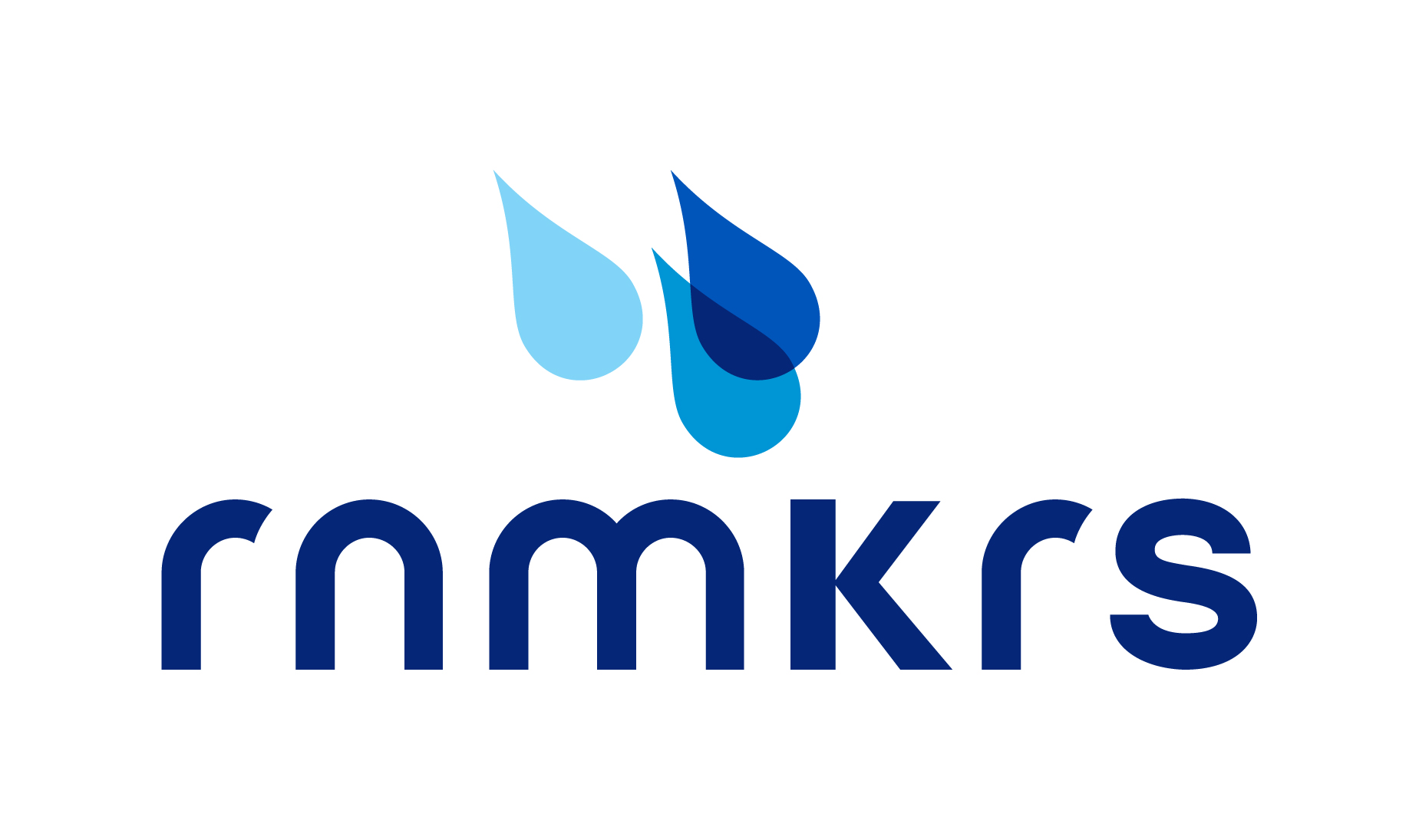Sales Conversation and Attention. What’s More Important – Giving It or Getting It?
One of the greatest gifts you can give to anyone is the gift of attention.
– Jim Rohn, entrepreneur, author and motivational speaker
I first heard that quotation many years ago, near the beginning of my career in sales. It went right over my head.
As a young, inexperienced salesperson, I assumed my job was to keep everyone’s attention focused on my product – and me. The more I talked, the better. The more head nods I produced, the better.
That didn’t work. So I changed and began to speak less, ask more questions, and listen more closely to customers. That took a lot of work and a lot of practice. Breaking old habits and forming new ones is difficult.
The topic of giving attention has been on my mind a lot recently. Here’s why.
At RNMKRS I get to speak with sales leaders nearly every day. We talk about their sales organizations and their sales processes. When conversations turn to what they’d like to improve, this is what many tell me:
- I wish my salespeople would ask better questions – and more of them.
- I wish my salespeople would listen more closely to what buyers are saying.
Wait. How did listening make their list? I ask. And here’s what they tell me.
“Adam, it’s harder than ever for salespeople to listen to their customers”.
Why is that? For starters, we live in an age of distraction. The temptation to do something other than what we ought to be doing is high. Technology is a major contributor, as we all know. The challenge is more acute for salespeople. The average rep uses 10 sales tools, with an increasing number of those actually present in a sales call. That’s a lot of distraction.
Salespeople also carry their organization’s conversational expectations into every sales call. While this isn’t new, salespeople are often more focused on what they should say or ask next. Which is to say that their attention is frequently elsewhere. The author Stephen Covey nailed it when he said: “Most people do not listen with the intent to understand; they listen with the intent to reply.”
What’s to be done then?
If you agree that giving attention, being truly present in a conversation, and listening to a buyer are valuable selling skills, then deliberately practicing them is mandatory. Acknowledging that being mindful and present before each upcoming sales meeting will help.
I believe that a permanent solution to better listening is harder to achieve, though. But it’s an important one.
The most effective salespeople, who have always struck me as the best listeners, approach a conversation with a structure in mind. They have repeatable ways to open a meeting, ask questions, discuss capabilities, handle objections, and agree on next steps. Because they have practiced their approach, they are relaxed, fluid, and confident enough to change course when appropriate.
Buyer’s know when sellers are practiced – and they appreciate it. Not surprising. Who wouldn’t want to speak with someone who is able to convey through their presence and actions: “Help me understand your circumstances, so we can determine together whether I can help you?”
The ability to have a structured conversation allows salespeople to be truly present and attentive in a sales call. Those sellers spend less time thinking about what to say next and more time focused on the customer. That’s precisely where the focus ought to be.
On a final note, Gerhard Gschwandtner, the CEO of Selling Power, recently shared an insight that stuck with me immediately: “effective salespeople enable buyers to express themselves “freely, frankly, and fully”. Creating the conversational conditions for that to happen requires skill.
Developing the skill required to get there takes practice. Lots of it.
#RNMKRS




